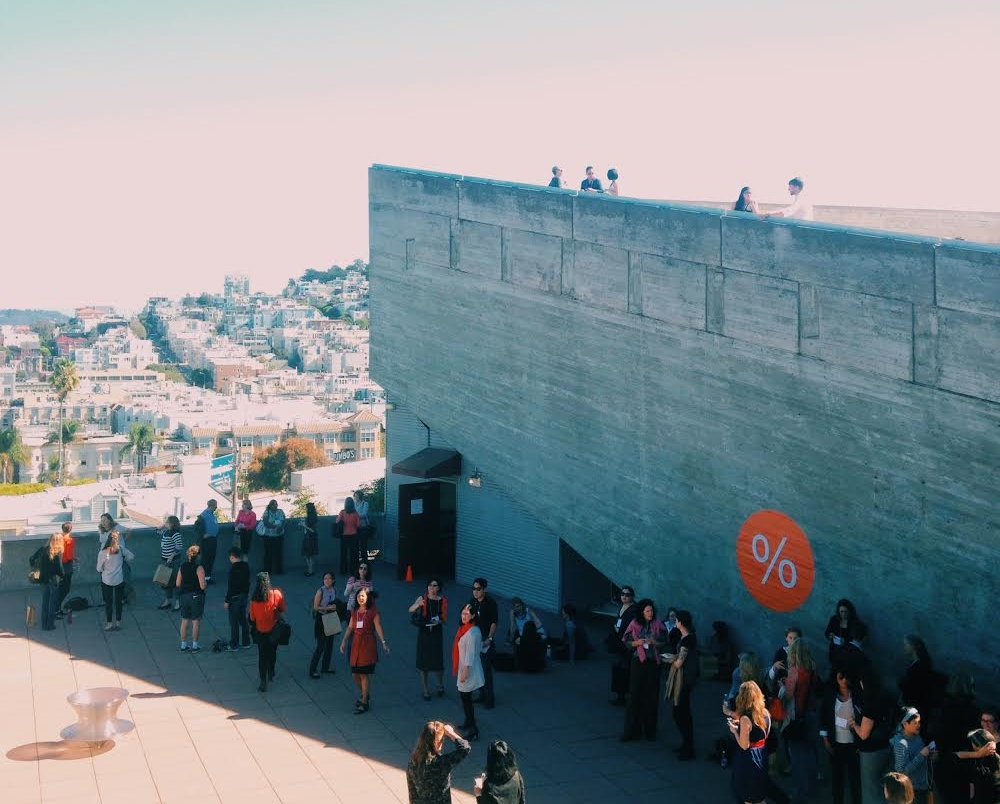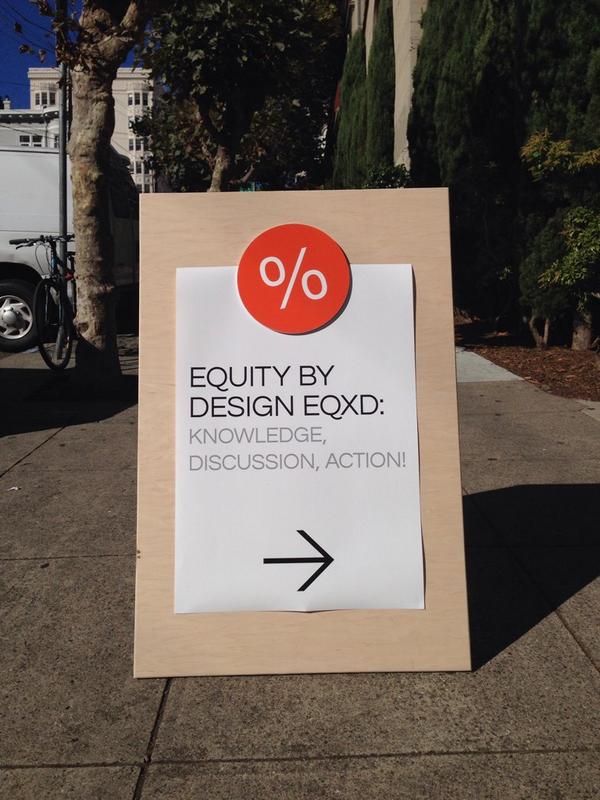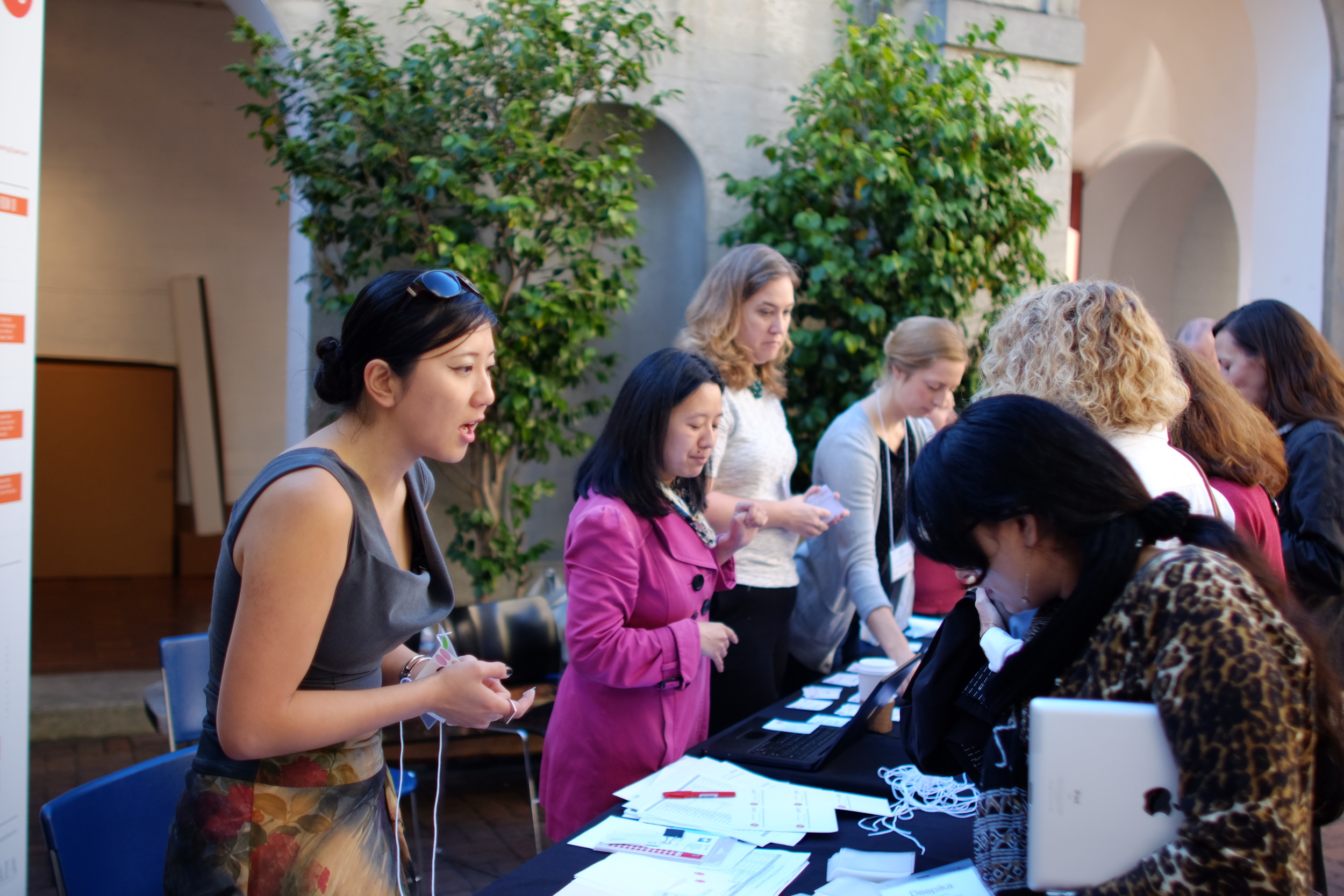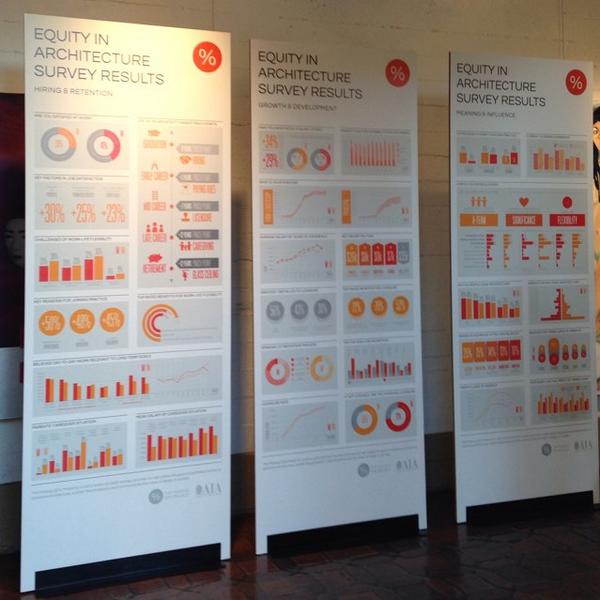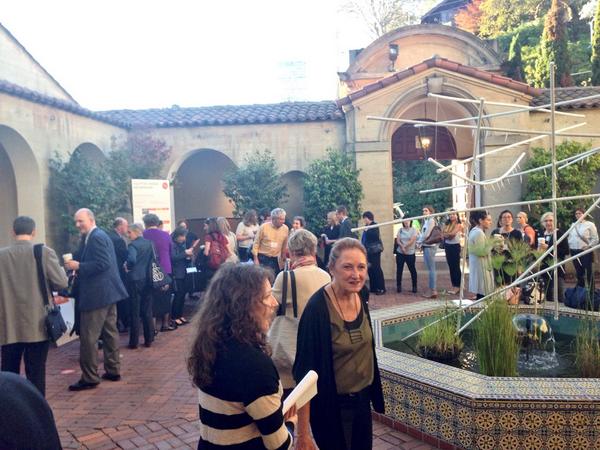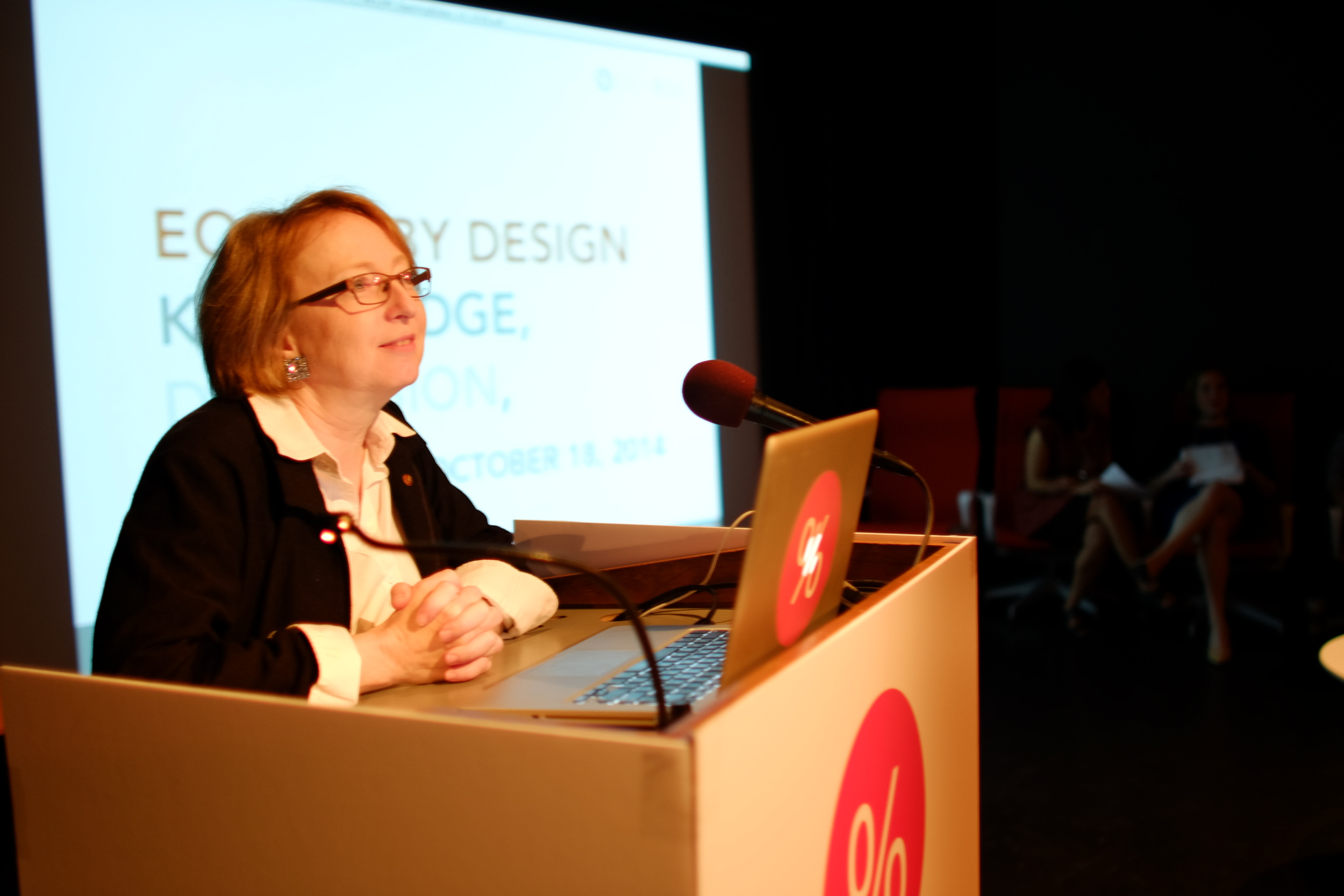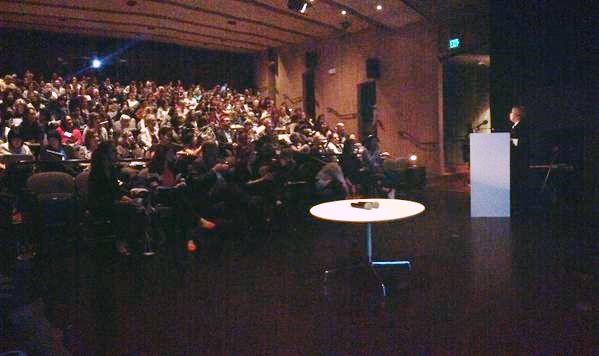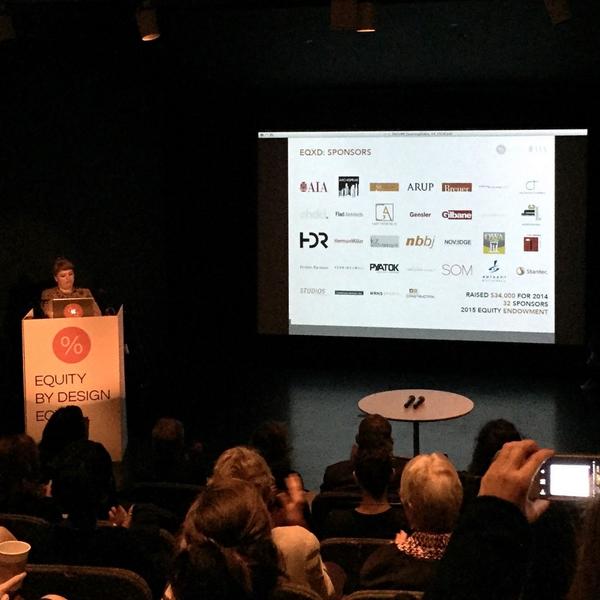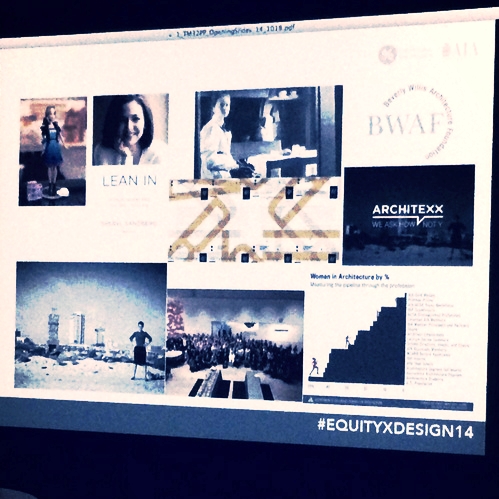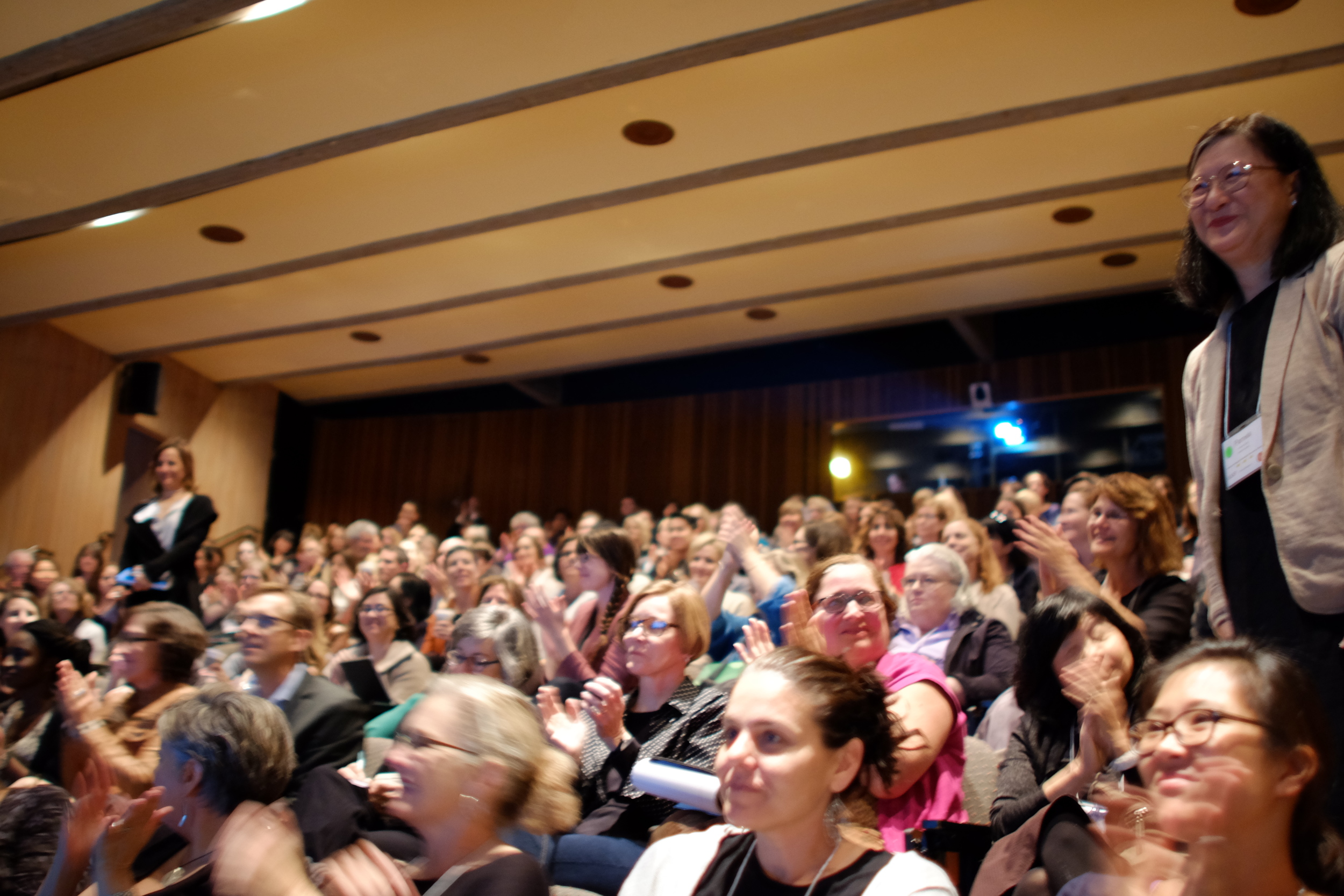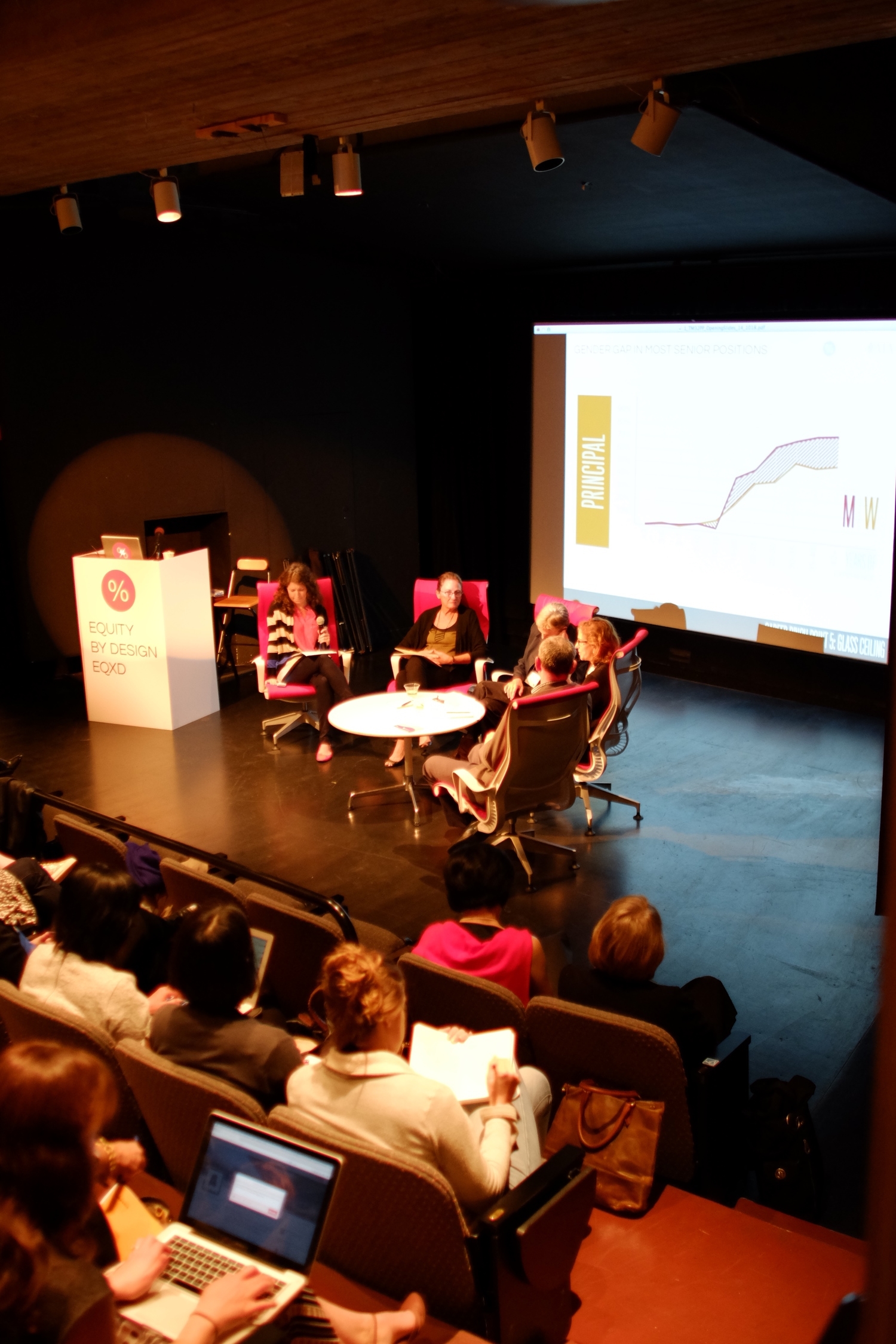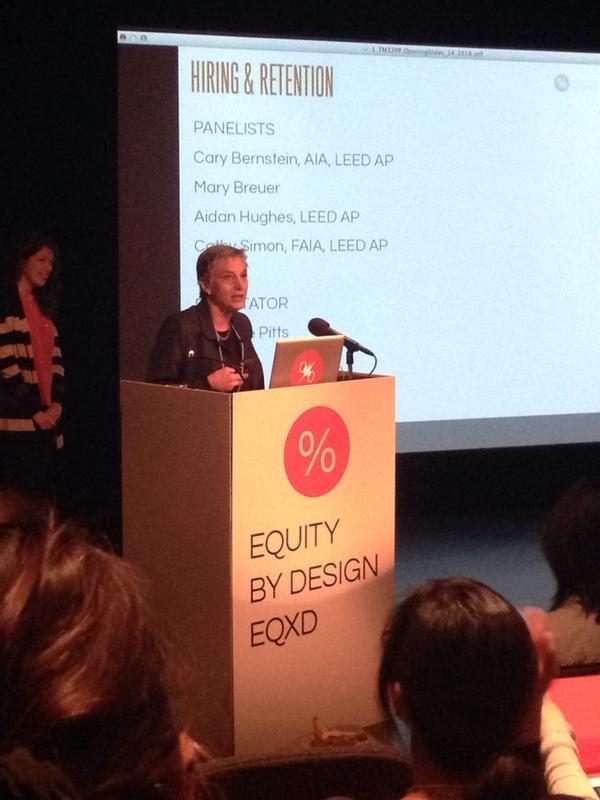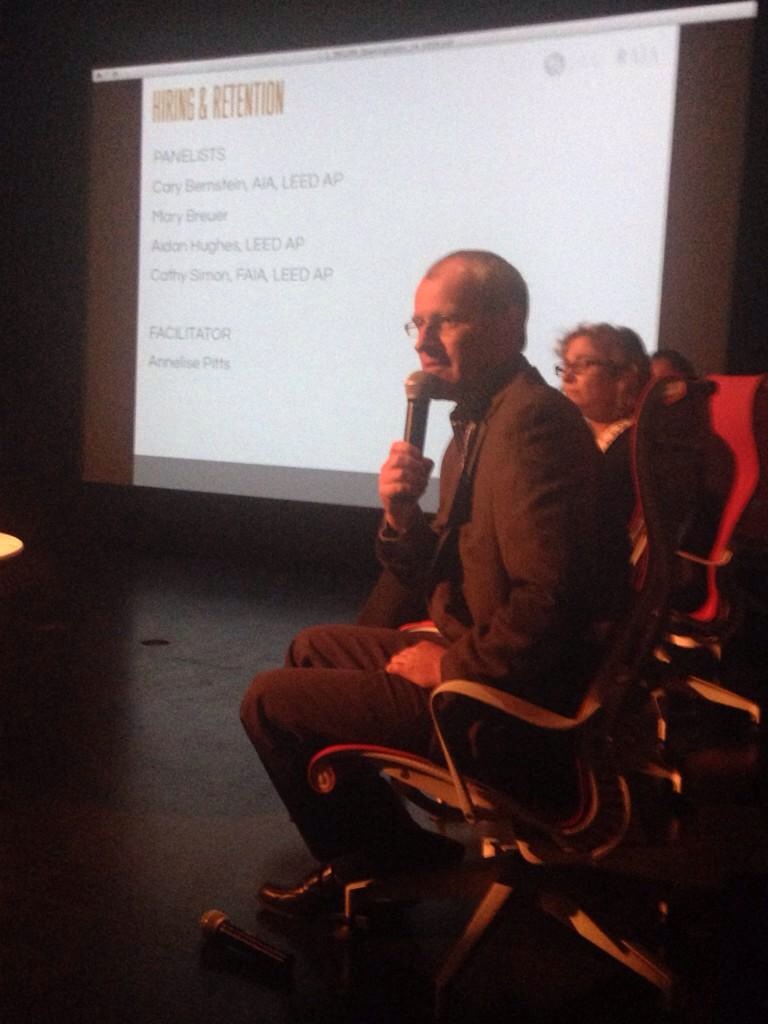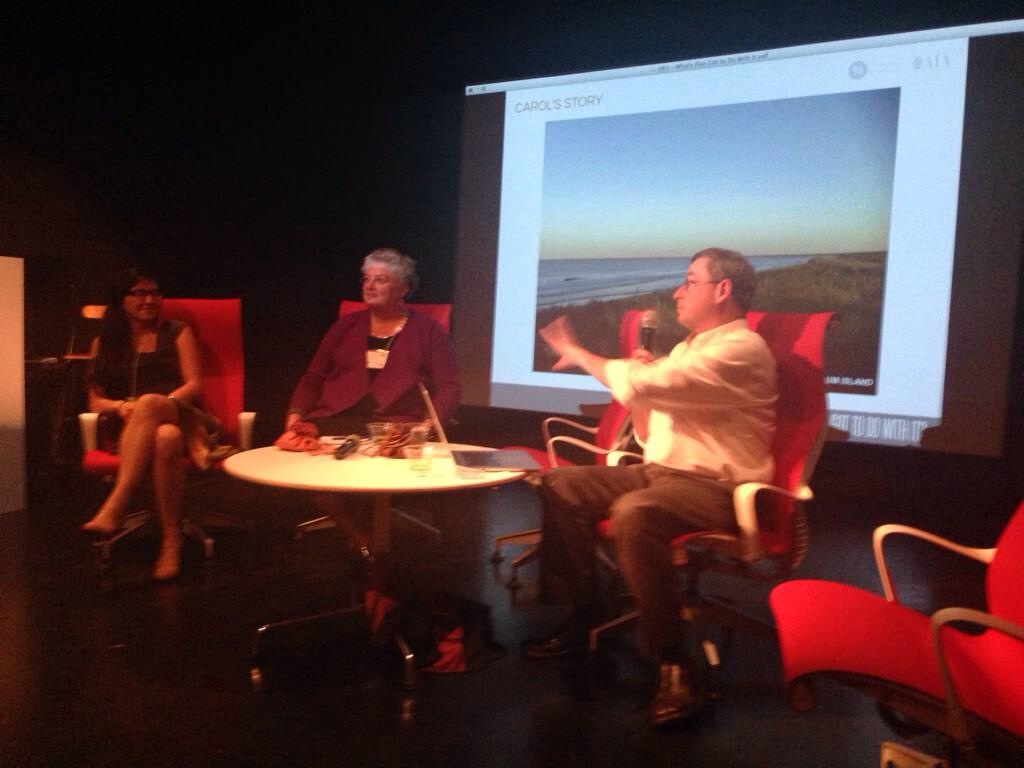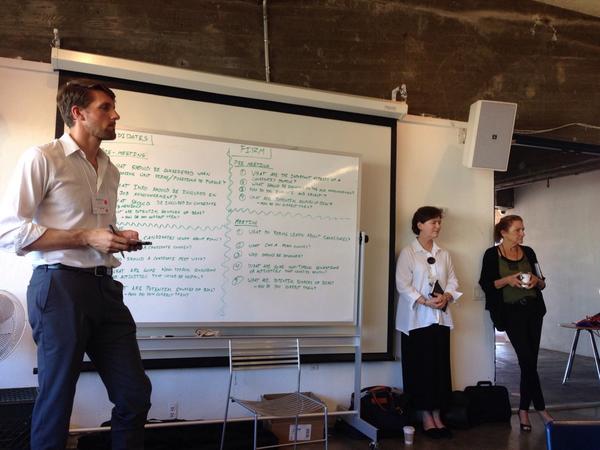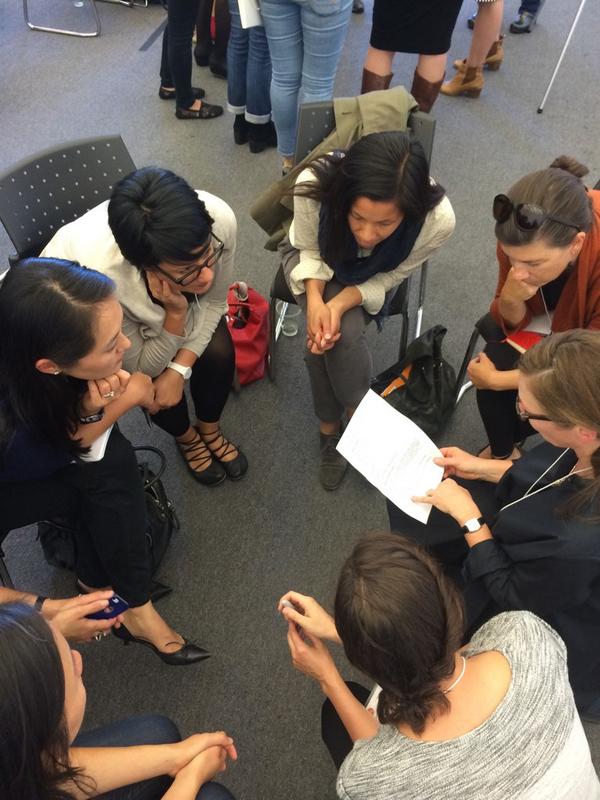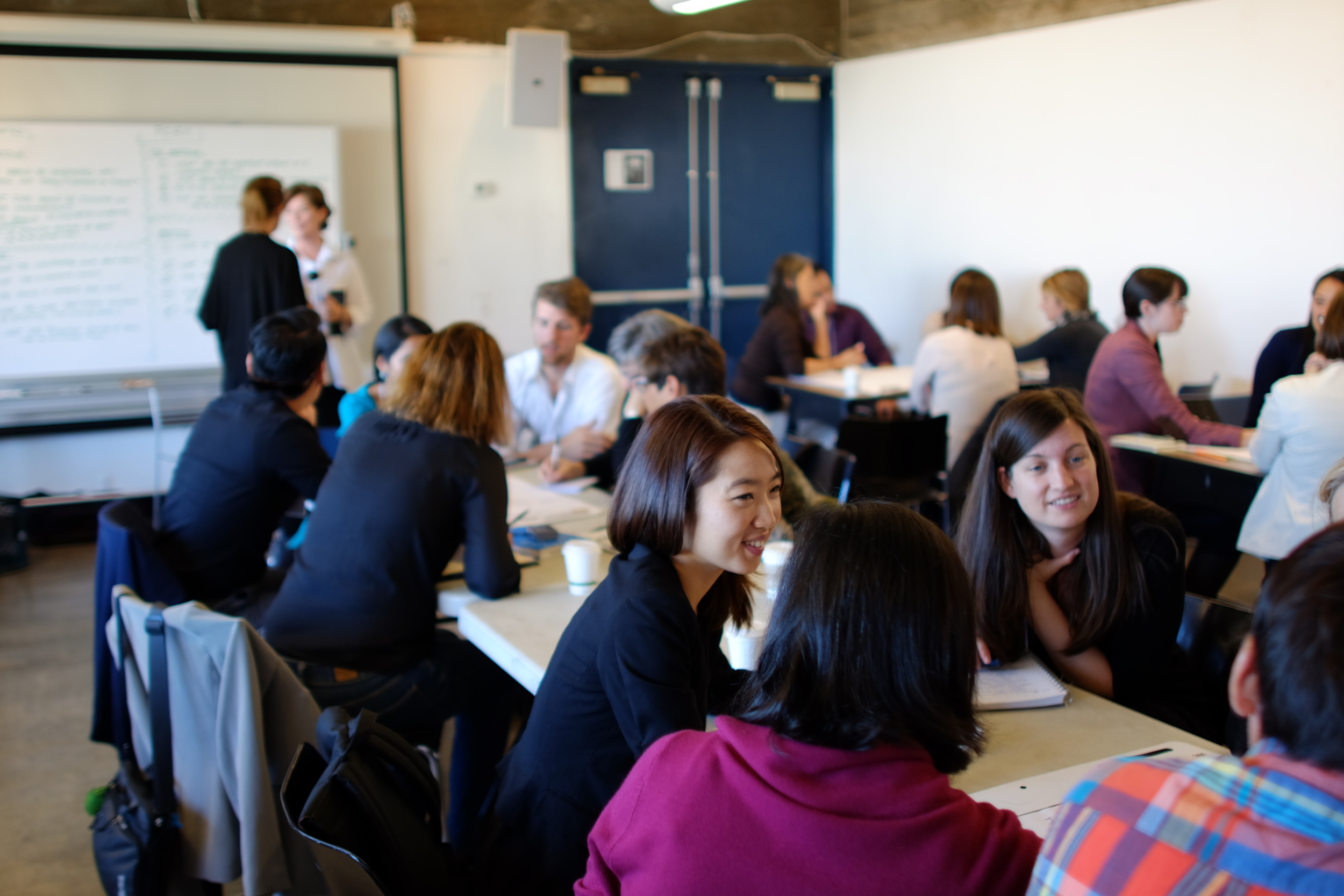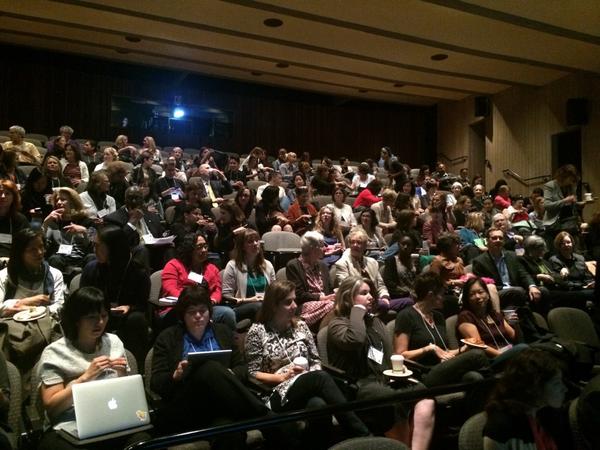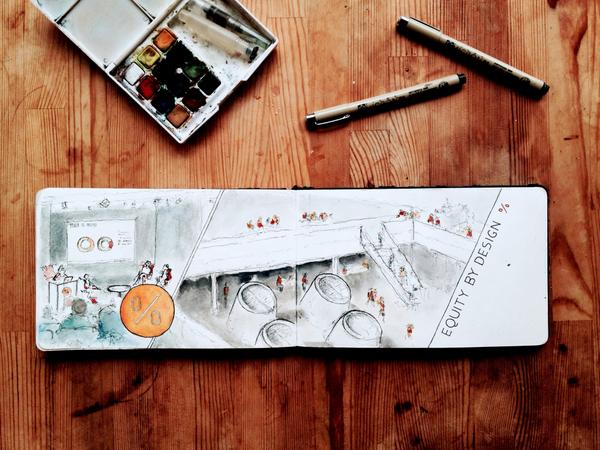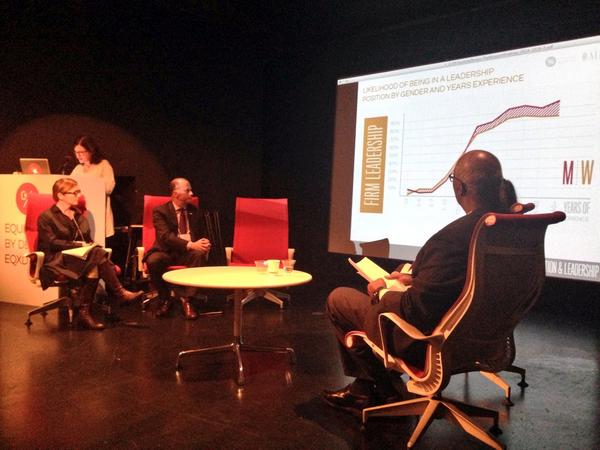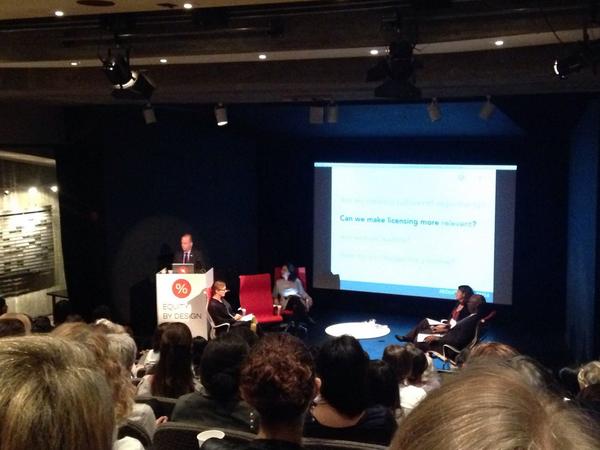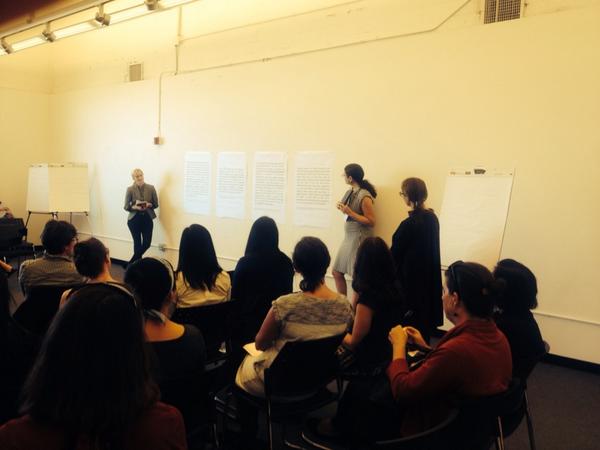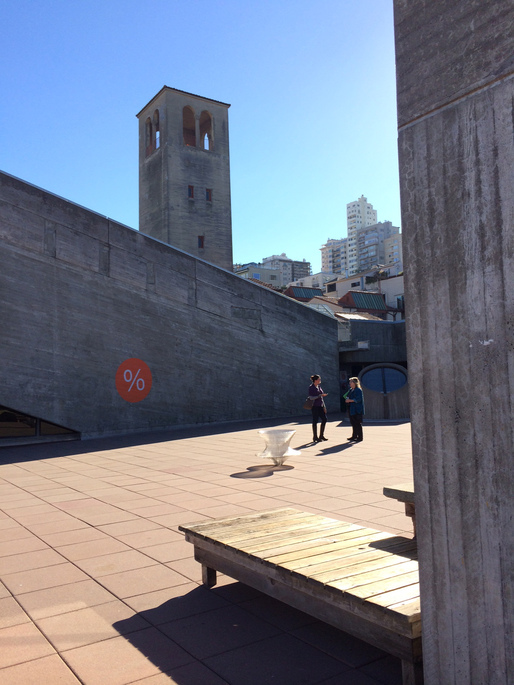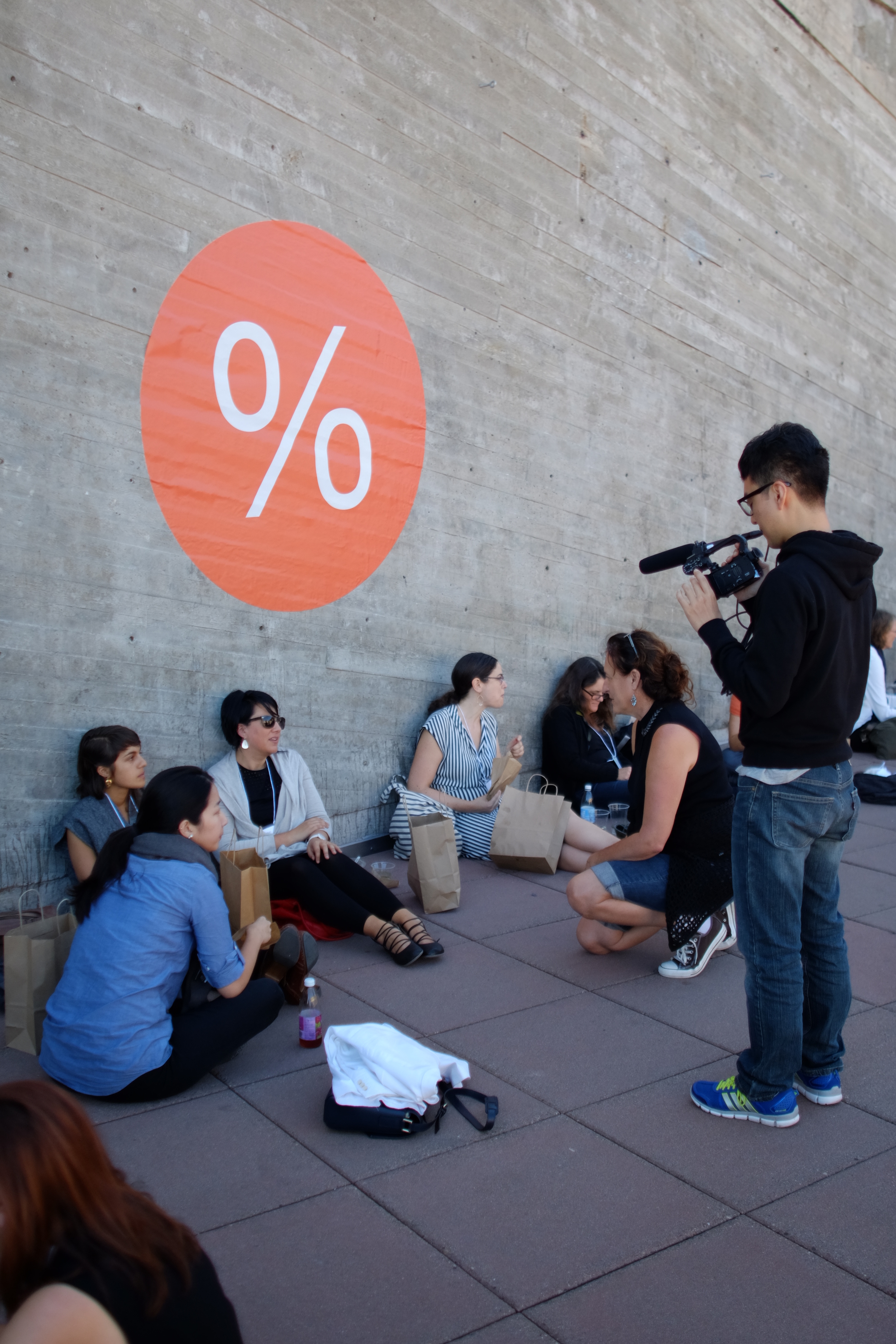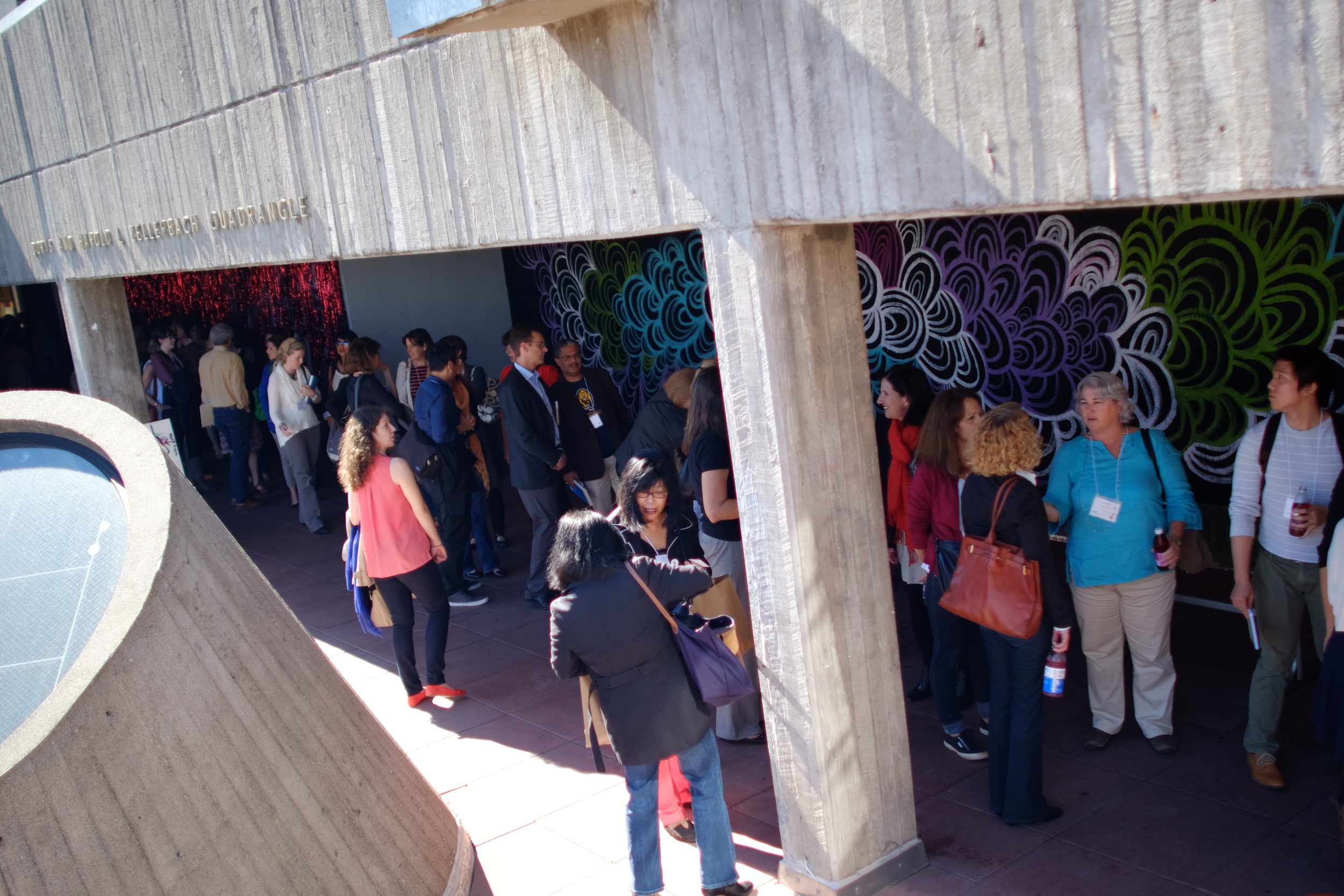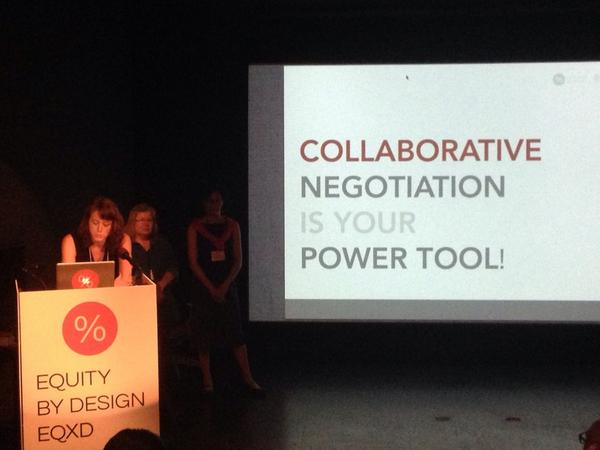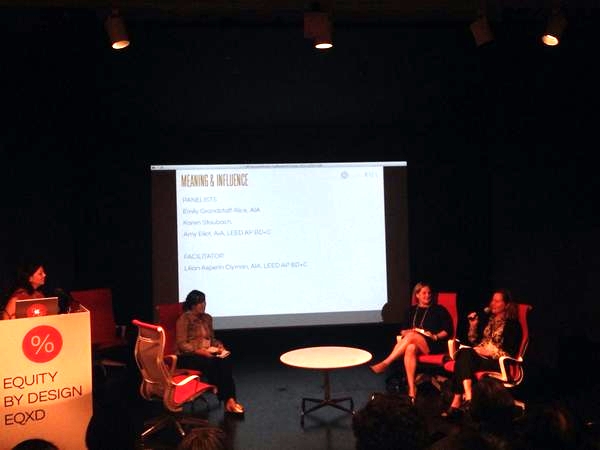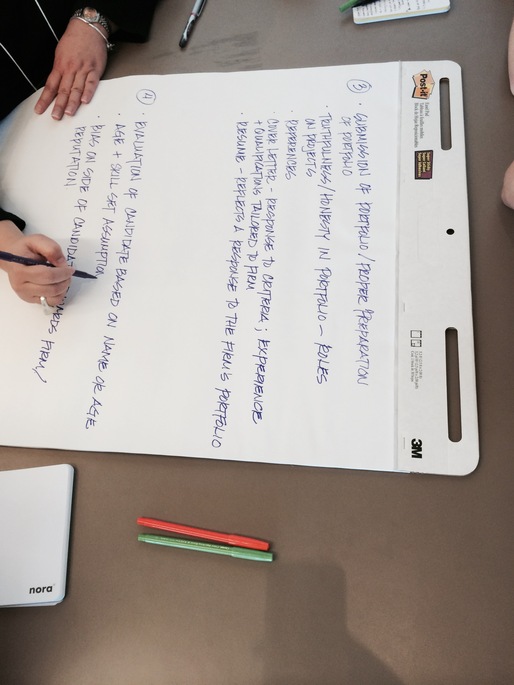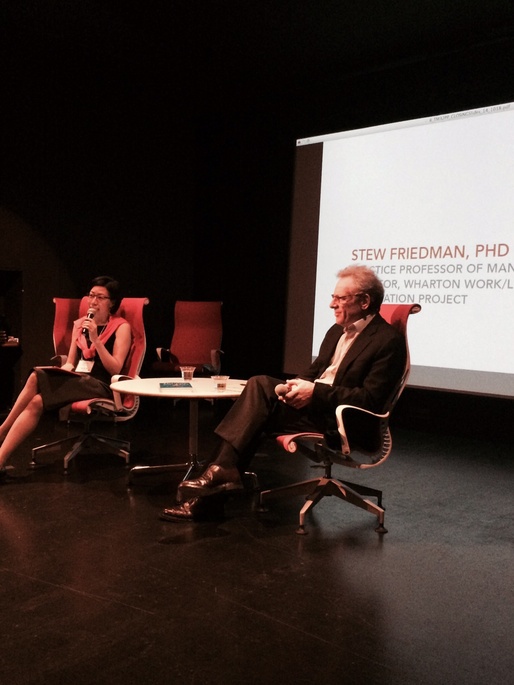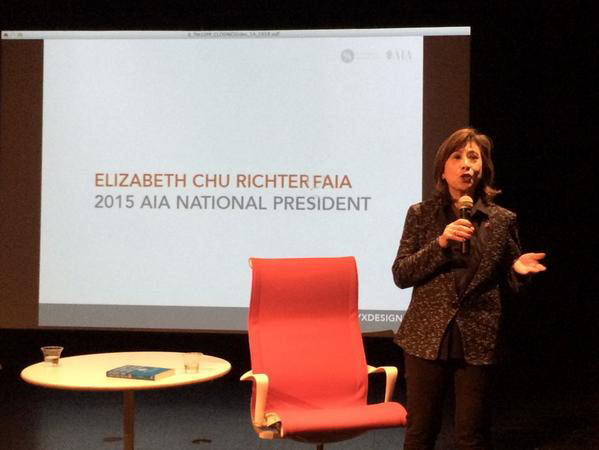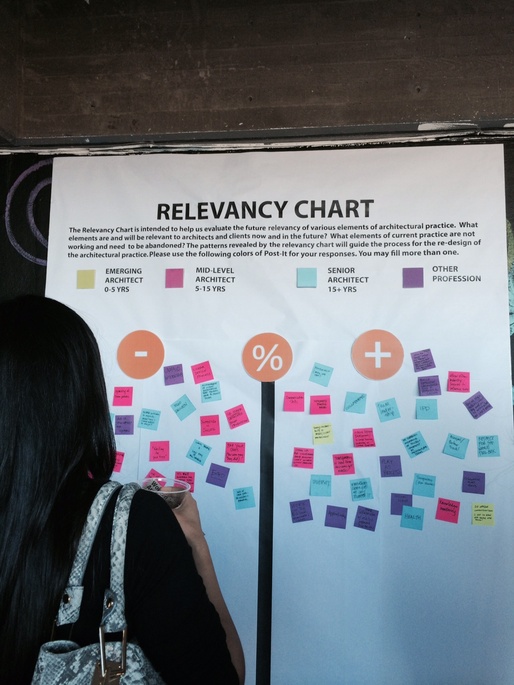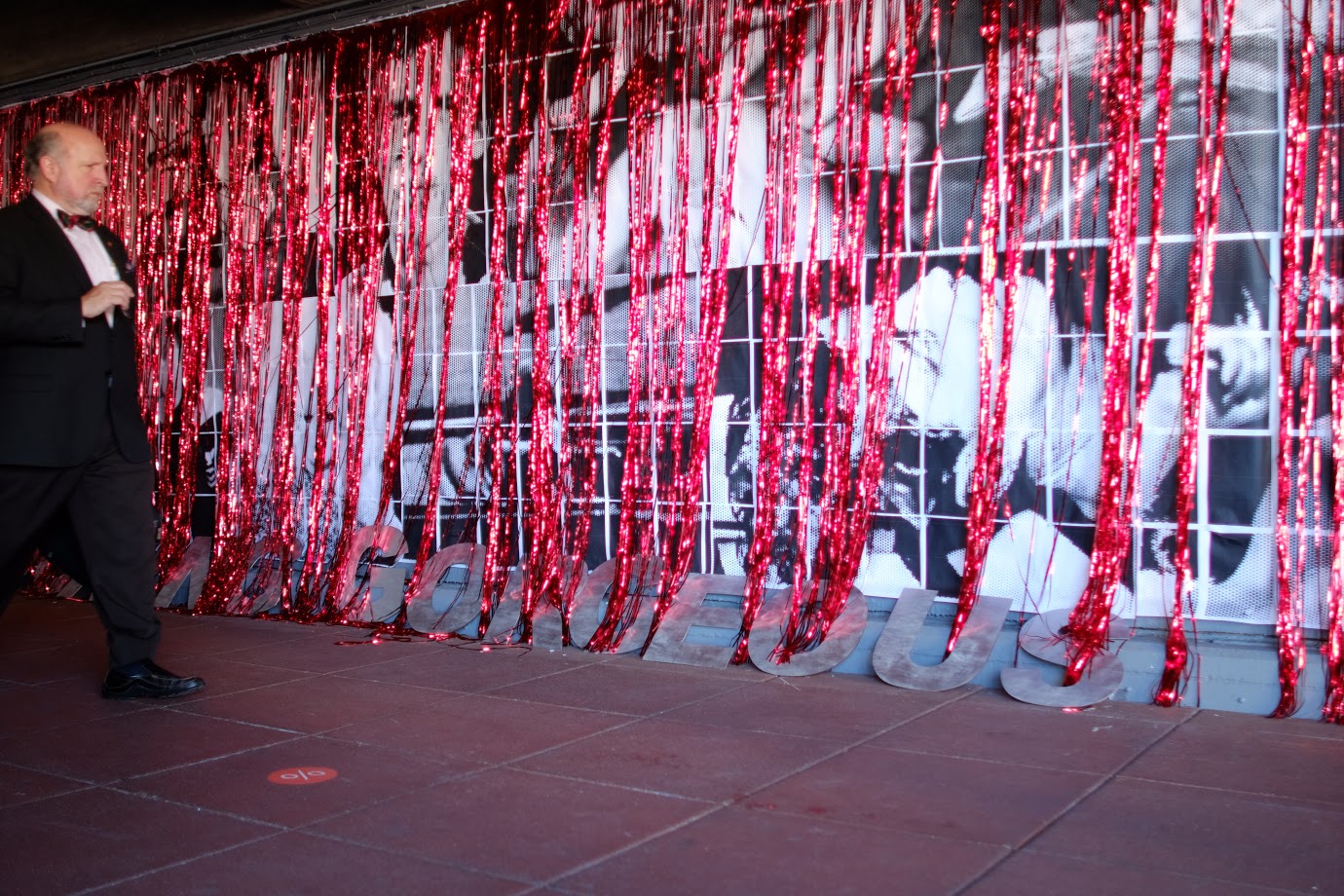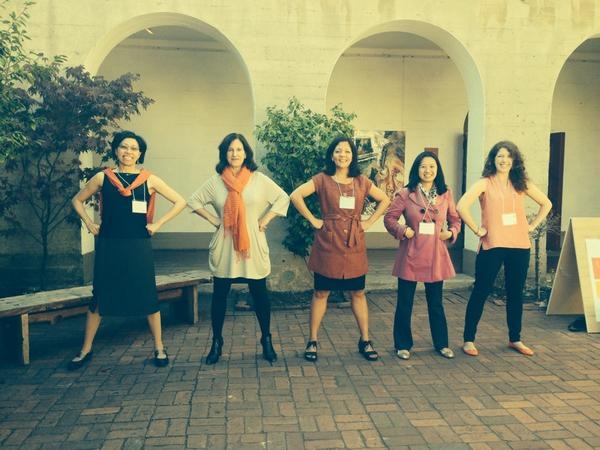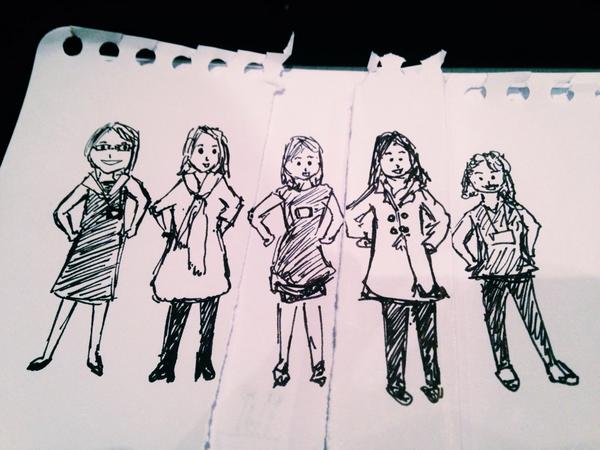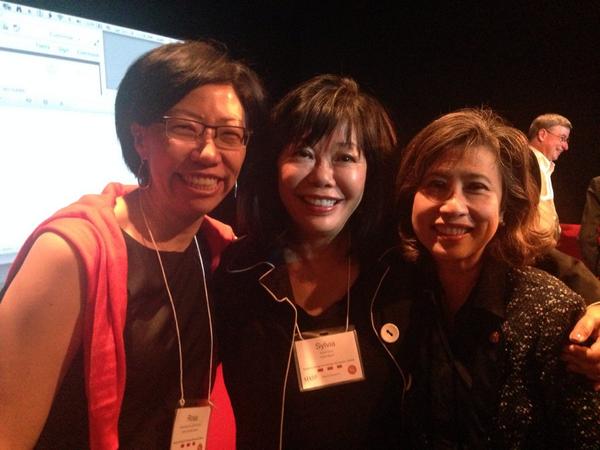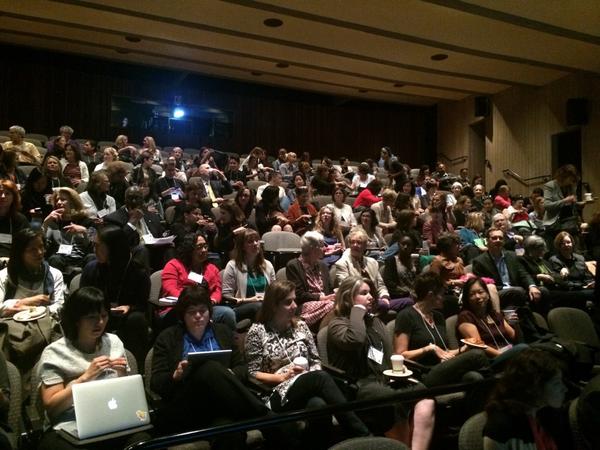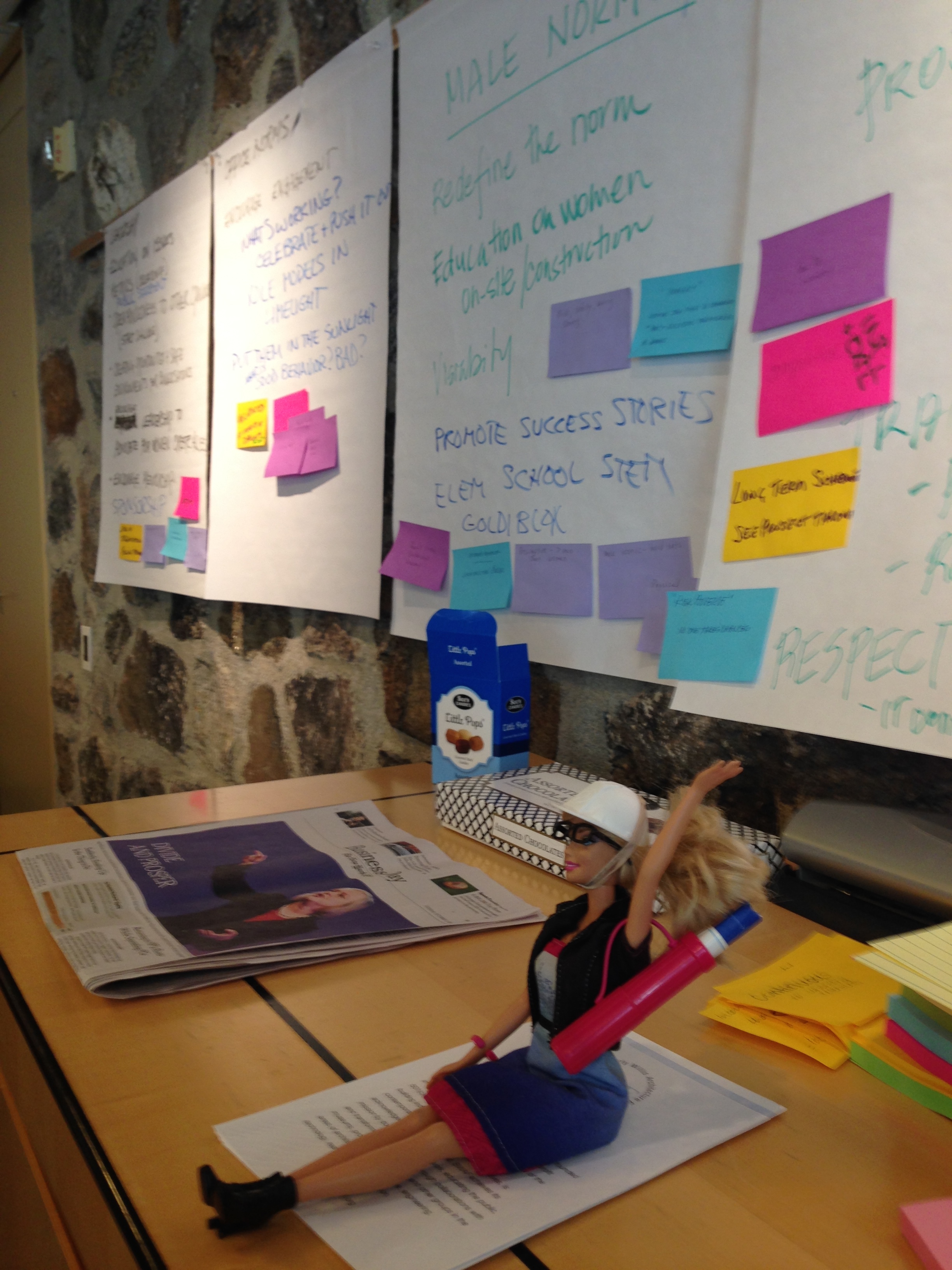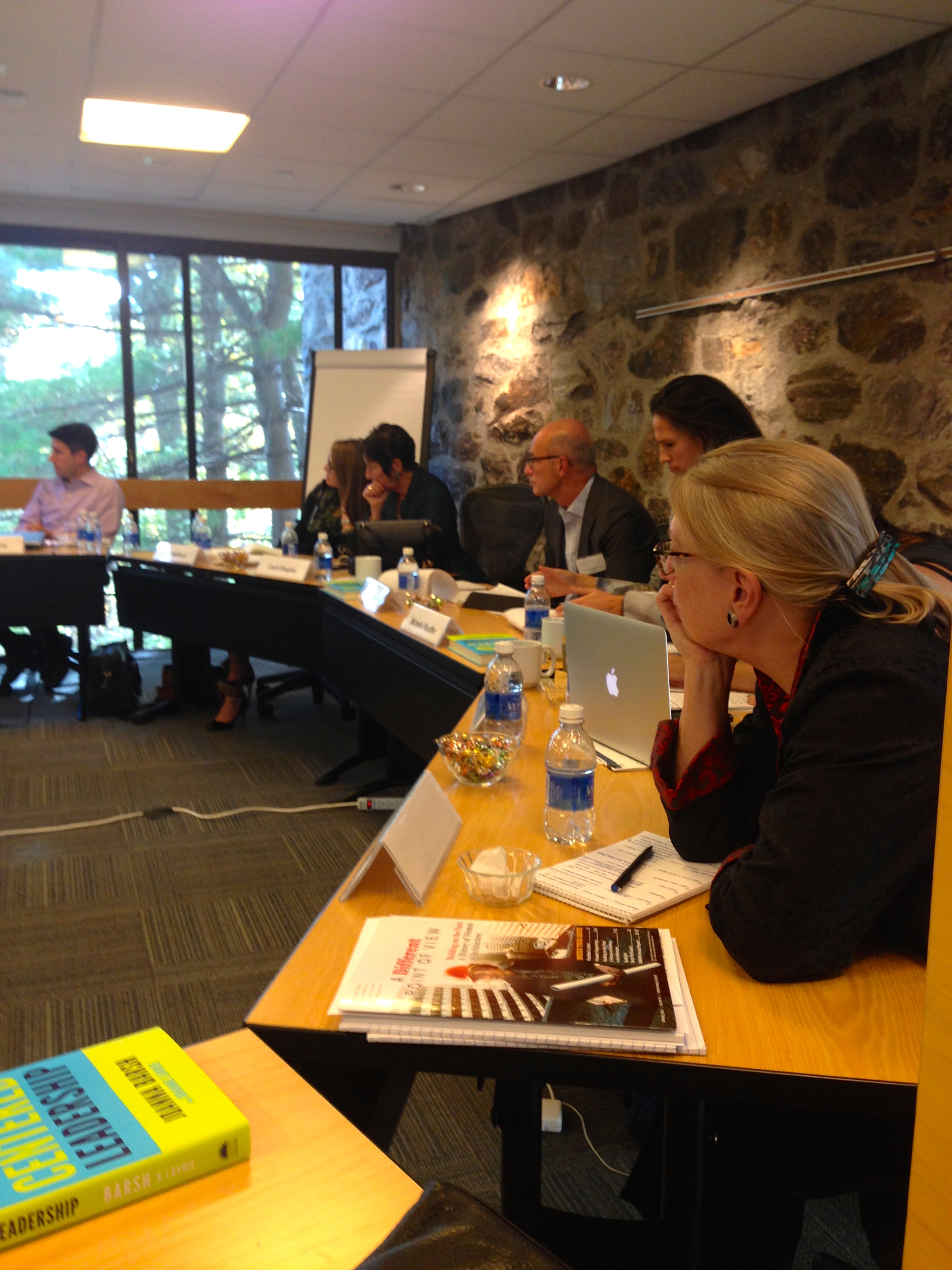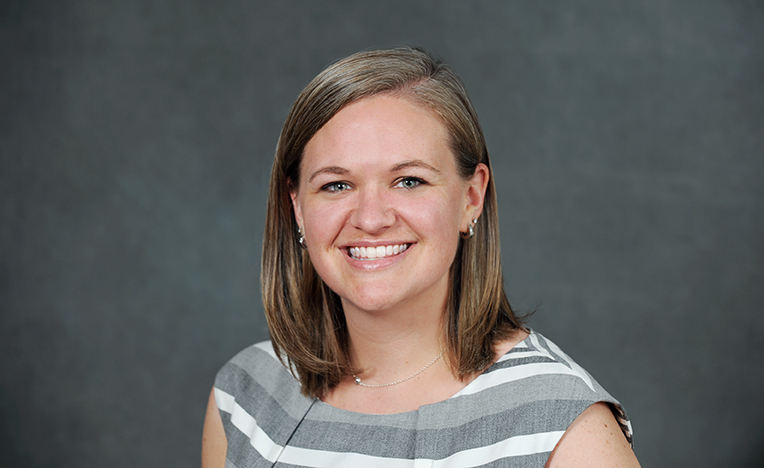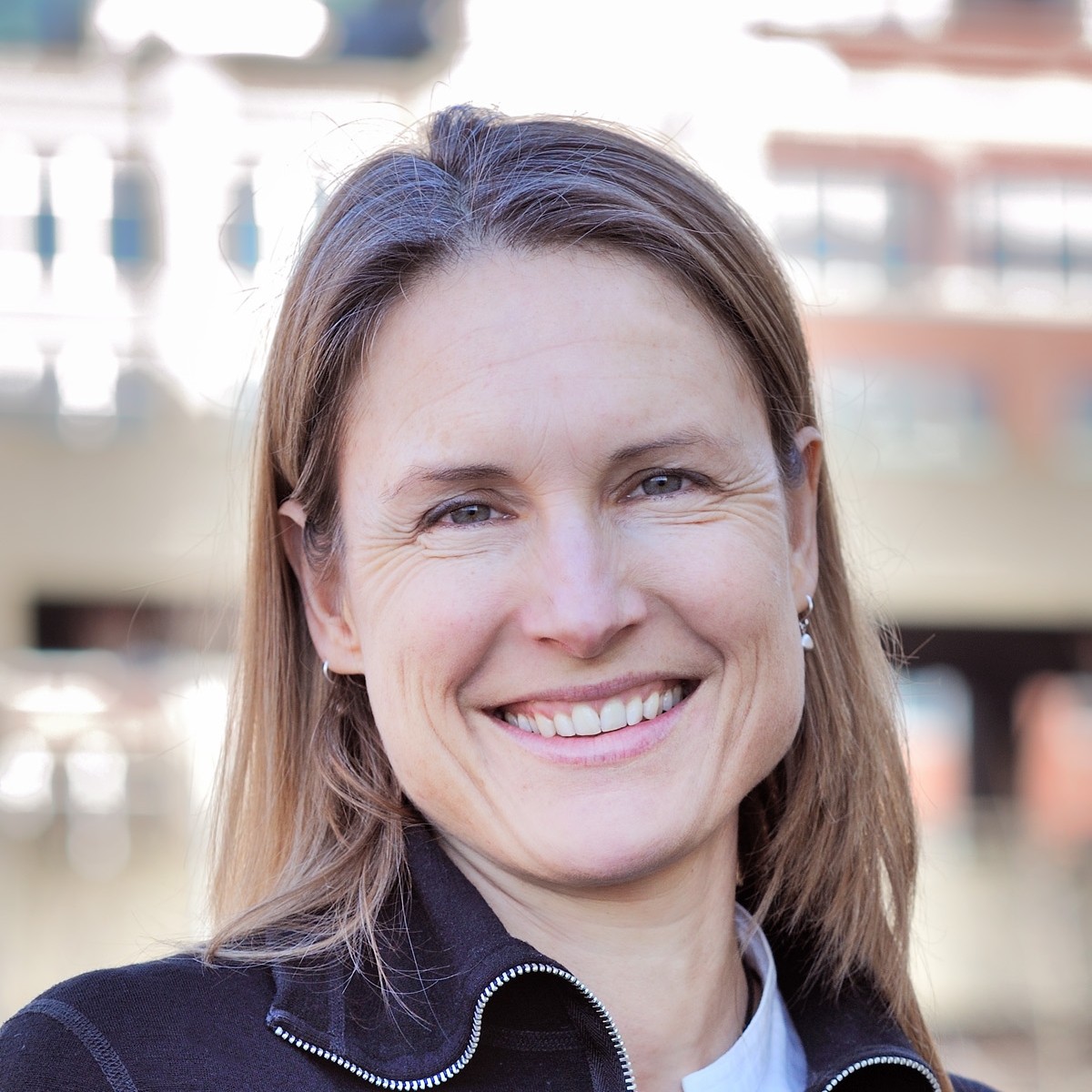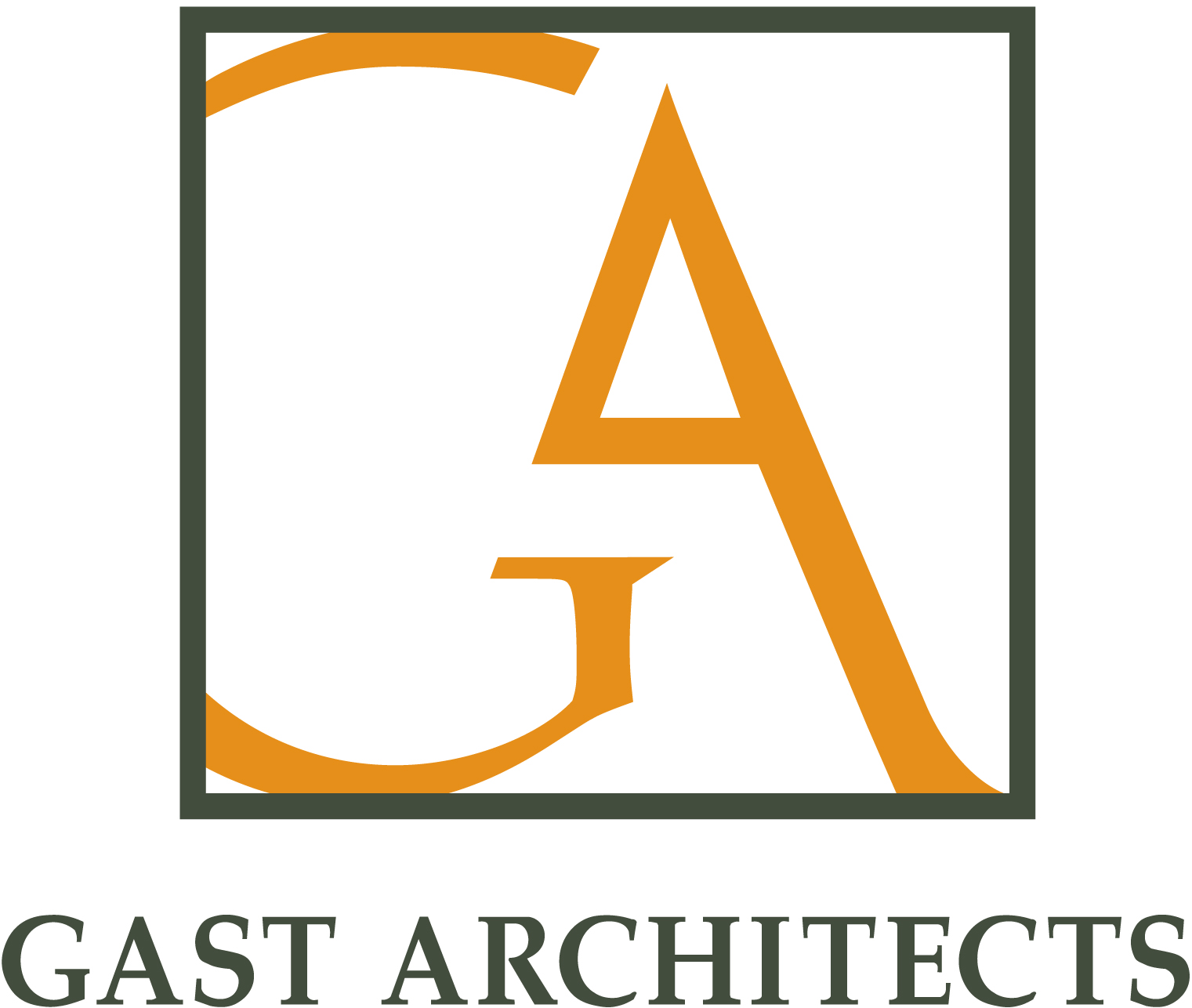“Try to be present in each moment. Each moment is its own gift. You can remember them, but you cannot get them back once they are gone. Hope for the joy of new moments, with their own gifts.”
Last Monday, a group of well respected, fellow architect-bloggers who periodically post to #Architalks (the Architect's "social media water cooler") on different topics featured "A typical day in the life of an Architect". Started by Bob Borson (Life of an Architect) #Architalks is a brilliant idea that produced a veritable collection of candid and meaningful stories of "What do Architects do all day?" benefitting the public at large and fellow architects. Many of them shared their perspectives as sole practitioners and noticeably only two were women. By no means exclusive, inadvertently this tweet and the #Architalks blog series lead to some quick self-reflection: Is there a typical day as an Architect through my lens of wife and mother? The short answer was "No. The typical day does not exist in "a day in the life" for me, (and many of my fellow Architect parents and even more so for Architect mothers).
Enter #Archimom; a unique breed of architect, wife, mother, innovator and chronic overachiever. Archimoms make up part of the 18% of women in architecture who have survived the attrition based on pinch point factors brought out in the Equity by Architecture Survey. The term came from my fellow Syracuse University alumnae, Jung Lee Masters when she was spreading the word about the TM32PP and Equity in Architecture Survey, #Archimom embodies the amazingly talented Architect with the resilient powers of a modern day Marvel Superhero.
Archimom is an alter ego, a new state of mind. You don't need to literally be an "architect and mother" to identify with the mindset. Despite the challenges of time allocation, implicit bias, and constant guilt, we can learn many valuable lessons of finding satisfaction, meaningful work, prioritizing, and work/life flexibility from these Archimoms. Their "real life" truths are the beginning of storytelling as a means to inspire and motivate underrepresented talent to stay in the profession. And as witnessed most recently, an Archimom like Elizabeth Chu Richter, FAIA, who took time off from the profession to raise 3 children can come back to architecture to lead a practice as CEO and become the 2015 President of AIA National. It is nothing short of awe inspiring.
As luck would have it, a conversation developed on Twitter about the great stories on #Architalks and it quickly became apparent that the #Archimom perspective needed and wanted to be shared as well. So a few of the Archimoms on Twitter decided to join together for a feature week on some everyday moments of truth and secret sauce ingredients for success. We reached out on Twitter for posts by Friday and promised a launch on Sunday. Emily Grandstaff-Rice was the first to respond and Laura Melville Thomas quickly followed with her personal #Archimom experience. So what started as a casual conversation on Twitter about using our voices, quickly grew into an amazing series of 13 stories within the course of the week.
While we are featuring Archimom stories, we welcome more people to share their own adventures for Architecting and Parenting. (Mr. Archimoms welcome too!) What are your Top 10 everyday moments of truth and secret sauce recipe?
LInks to An Archimom's Everyday Moments of Truth Blogposts: (more fun than binge watching Netflix and possibly life changing in the process.)
- Rosa T. Sheng, AIA, LEED AP BD+C
- Emily Grandstaff-Rice, AIA, LEED AP
- Laura Melville Thomas, AIA, LEED AP
- Cherise Schacter, CSI, CDT
- Nina Briggs
- Deepika Padaam, AIA, LEED AP BD+C, GGP
- Alicia Liebel Berg
- Yen Ha, RA
- Meghana Joshi
- Jared Banks, AIA
- Kristen Padavic
- Kathy Russell
- Maia Kumari Gilman, RA
- Archimom - (Your name here and picture below)
Overview by Rosa T. Sheng, AIA
NOTE: This page was last edited on Sunday, December 14, 2014















































